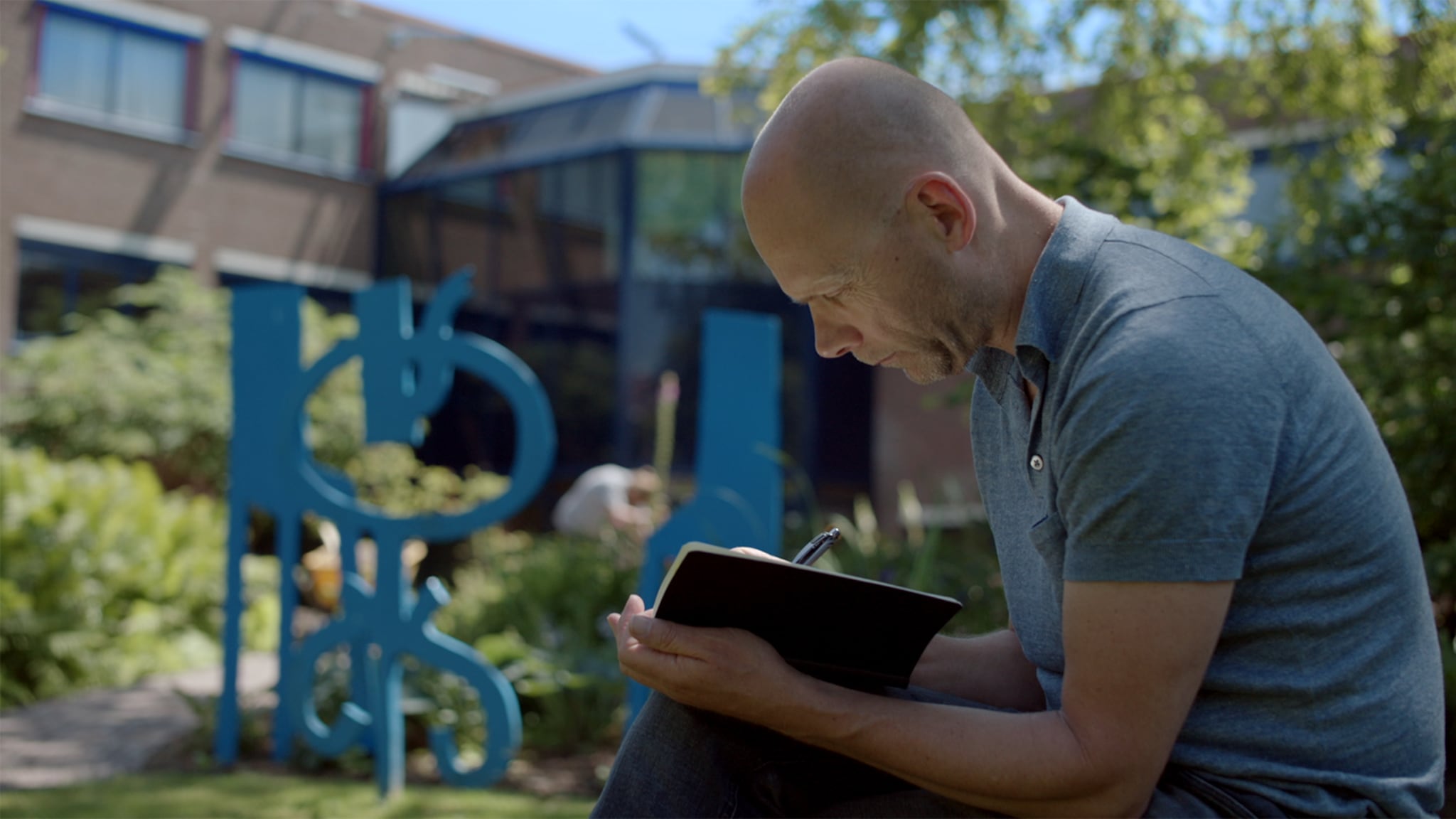New Exhibition Showcases South Korea's Distinctive Housing Styles

Table of Contents
A new exhibition is shedding light on the fascinating evolution of South Korean housing, showcasing the country's distinctive architectural styles. From the elegant lines of traditional Hanoks to the innovative designs of contemporary high-rise apartments and eco-friendly homes, the exhibition offers a compelling journey through South Korea's built environment. Learn more about the diverse housing styles and their cultural significance, reflecting centuries of history and adaptation.
Traditional Hanok Architecture: A Timeless Elegance
The Hanok, Korea's traditional house, represents a pinnacle of architectural harmony and cultural significance. Understanding Hanok design is key to appreciating South Korea's distinctive housing styles.
Defining Features of Hanoks
Hanoks are characterized by several key features that reflect a deep connection with nature and a sophisticated understanding of climate and comfort:
- Use of natural materials: Wood, paper (Hanji), and earth are the primary building materials, creating a breathable and naturally temperature-regulated environment.
- Ondol underfloor heating system: This ingenious system, using heated stones or floors, provides radiant warmth throughout the home, a testament to Korean ingenuity in sustainable heating solutions.
- Open floor plans and spacious courtyards: These features promote air circulation and a sense of openness, maximizing natural light and creating a serene atmosphere.
- Emphasis on harmony with nature: The design principles of Hanoks prioritize integration with the surrounding landscape, creating a seamless transition between indoors and outdoors.
- Different Hanok styles: Variations exist, such as the Sarangchae (men's quarters) and Anchae (women's quarters), reflecting the traditional social structure and family dynamics.
The Cultural Significance of Hanoks
Beyond their architectural beauty, Hanoks hold immense cultural significance:
- Role in Korean family life and social structure: The layout and design of Hanoks directly reflected the hierarchical structure of Korean families and their social interactions.
- Connection to Confucian principles: The emphasis on harmony, order, and respect for nature aligns with core Confucian ideals deeply ingrained in Korean culture.
- Preservation efforts and modern adaptations: Recognizing the importance of preserving this architectural heritage, significant efforts are underway to restore and adapt Hanoks for modern living.
Hanoks in the Exhibition: Showcased examples and interactive displays
The exhibition features detailed models, photographs, and interactive displays that bring the beauty and functionality of Hanoks to life, allowing visitors to experience this unique architectural style firsthand.
The Rise of Modern Apartments: Adapting to Urbanization
The rapid urbanization of South Korea in the post-war era led to a dramatic shift in housing styles, with the rise of modern apartments becoming a defining characteristic of the country's built environment.
Evolution of Apartment Design in South Korea
- Post-war housing shortages and rapid urbanization: The need for efficient and affordable housing solutions spurred the development of high-rise apartment buildings.
- Introduction of high-rise apartment buildings: These became a symbol of progress and economic development, transforming the Korean urban landscape.
- Changing lifestyles and evolving design preferences: Apartment design has continuously adapted to meet the changing needs and preferences of modern Korean families.
- Modern architectural innovations and sustainability initiatives: Contemporary apartment buildings incorporate innovative design features and sustainable technologies.
Key Features of Modern Korean Apartments
Modern Korean apartments are characterized by:
- Efficient space planning: Maximizing living space within a limited footprint is a priority.
- Integration of modern amenities: Apartments typically include a range of modern conveniences, reflecting contemporary lifestyles.
- Variety of sizes and styles: A wide range of apartment sizes and styles caters to diverse family structures and budgets.
Modern Apartments in the Exhibition: Architectural models and interactive presentations
The exhibition includes architectural models and interactive presentations showcasing the evolution and diversity of modern Korean apartment design.
Blending Tradition and Modernity: Contemporary Housing Designs
Contemporary South Korean architecture often represents a fascinating fusion of traditional and modern elements, reflecting the country's dynamic cultural identity.
Fusion of Hanok Elements with Modern Aesthetics
Many contemporary buildings incorporate Hanok design principles into their aesthetics, resulting in stunning and functional structures:
- Examples of contemporary buildings incorporating Hanok design principles: Architects are creatively integrating traditional design elements into modern builds.
- Use of traditional materials in modern contexts: Natural materials such as wood and stone are used in innovative ways to create modern interpretations of traditional aesthetics.
- Modern interpretations of Hanok features: Courtyards and natural light are frequently incorporated into modern homes to bring a sense of traditional harmony into contemporary living.
Sustainable and Eco-Friendly Housing Developments
Growing environmental awareness has spurred the development of sustainable and eco-friendly housing in South Korea:
- Integration of green building technologies: Many new buildings incorporate energy-efficient systems and renewable energy sources.
- Emphasis on energy efficiency and environmental responsibility: Sustainable practices are increasingly integrated into the design and construction process.
- Use of locally sourced materials: This reduces transportation costs and environmental impact.
Contemporary Designs in the Exhibition: Case studies and visual representations
The exhibition showcases examples of contemporary South Korean homes that creatively blend tradition and modernity, highlighting sustainable practices and innovative designs.
Conclusion
This exhibition provides a unique opportunity to delve into the rich tapestry of South Korean housing styles, highlighting the evolution from traditional Hanoks to innovative modern designs. By showcasing the diverse architectural heritage and the country's adaptation to modern living, the exhibition offers valuable insights into South Korean culture and its built environment. Don't miss this chance to explore South Korea's distinctive housing styles and appreciate the ingenuity and artistry reflected in its homes. Visit the exhibition today to witness the fascinating story of South Korean architecture firsthand. Learn more about the exhibition and its captivating displays showcasing South Korea's distinctive housing styles.

Featured Posts
-
 Fortnite Server Outage Chapter 6 Season 2 Lawless Update
May 02, 2025
Fortnite Server Outage Chapter 6 Season 2 Lawless Update
May 02, 2025 -
 Norfolk Mp Battles Nhs In Landmark Gender Case
May 02, 2025
Norfolk Mp Battles Nhs In Landmark Gender Case
May 02, 2025 -
 Overvolle Tbs Klinieken De Gevolgen Van Jarenlange Onderbezetting
May 02, 2025
Overvolle Tbs Klinieken De Gevolgen Van Jarenlange Onderbezetting
May 02, 2025 -
 Could A Smart Ring Detect Infidelity Exploring The Technology
May 02, 2025
Could A Smart Ring Detect Infidelity Exploring The Technology
May 02, 2025 -
 Obsuzhdenie Mer Po Predotvrascheniyu Torgovli Lyudmi V Sogdiyskoy Oblasti
May 02, 2025
Obsuzhdenie Mer Po Predotvrascheniyu Torgovli Lyudmi V Sogdiyskoy Oblasti
May 02, 2025
